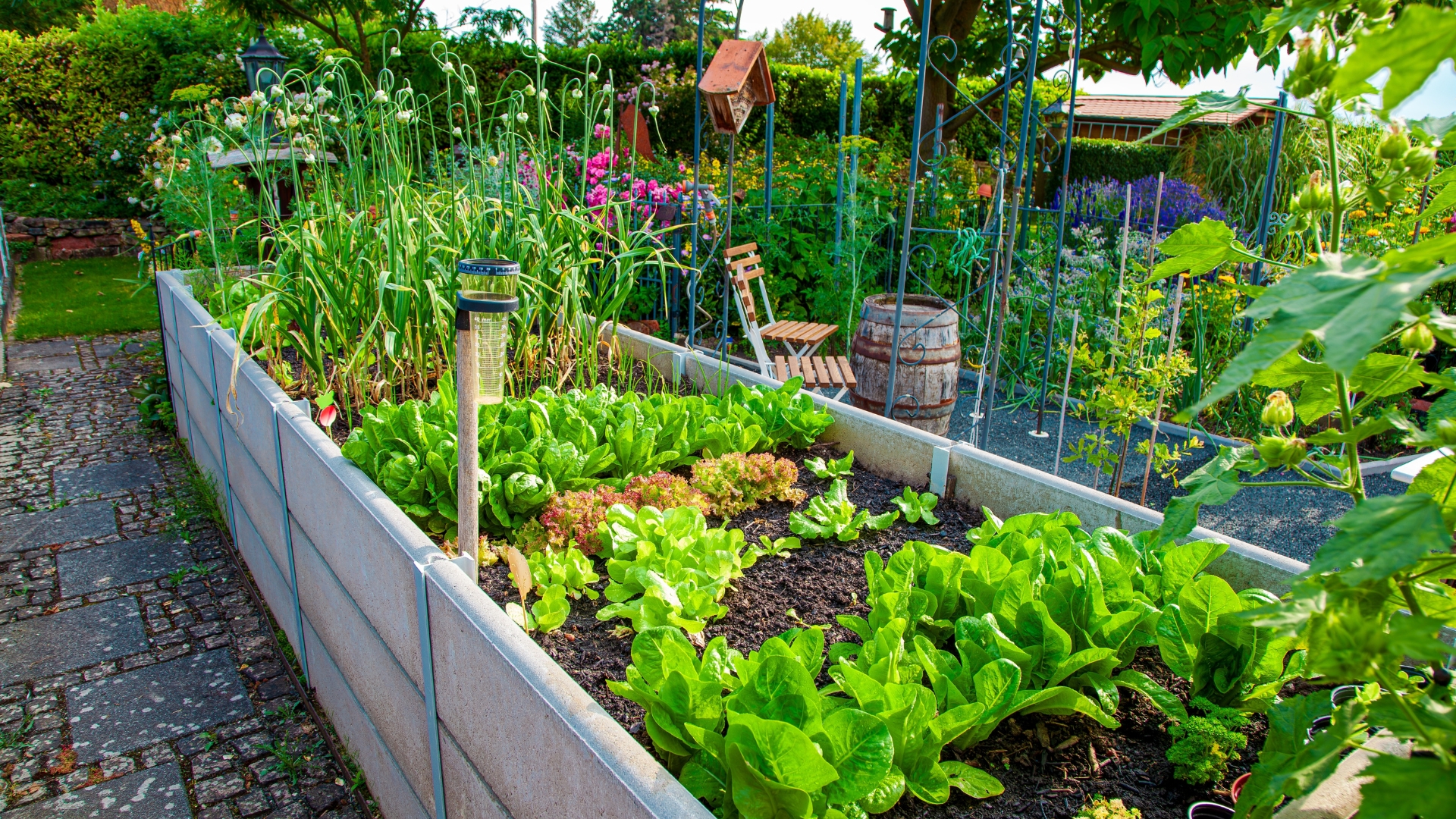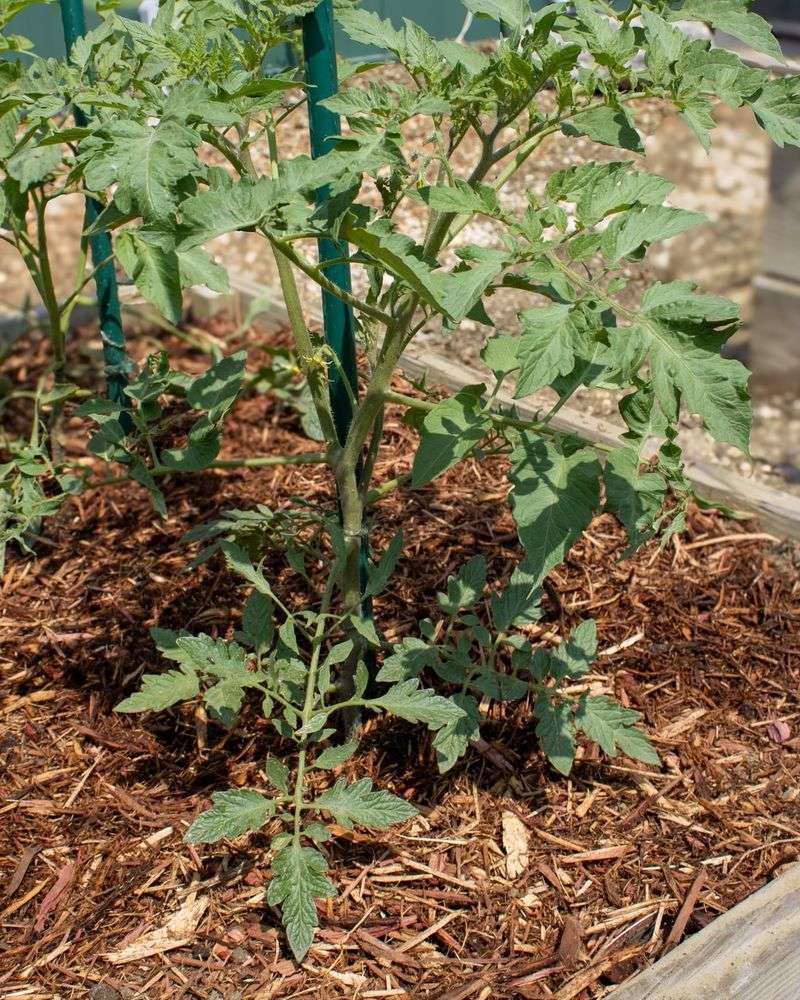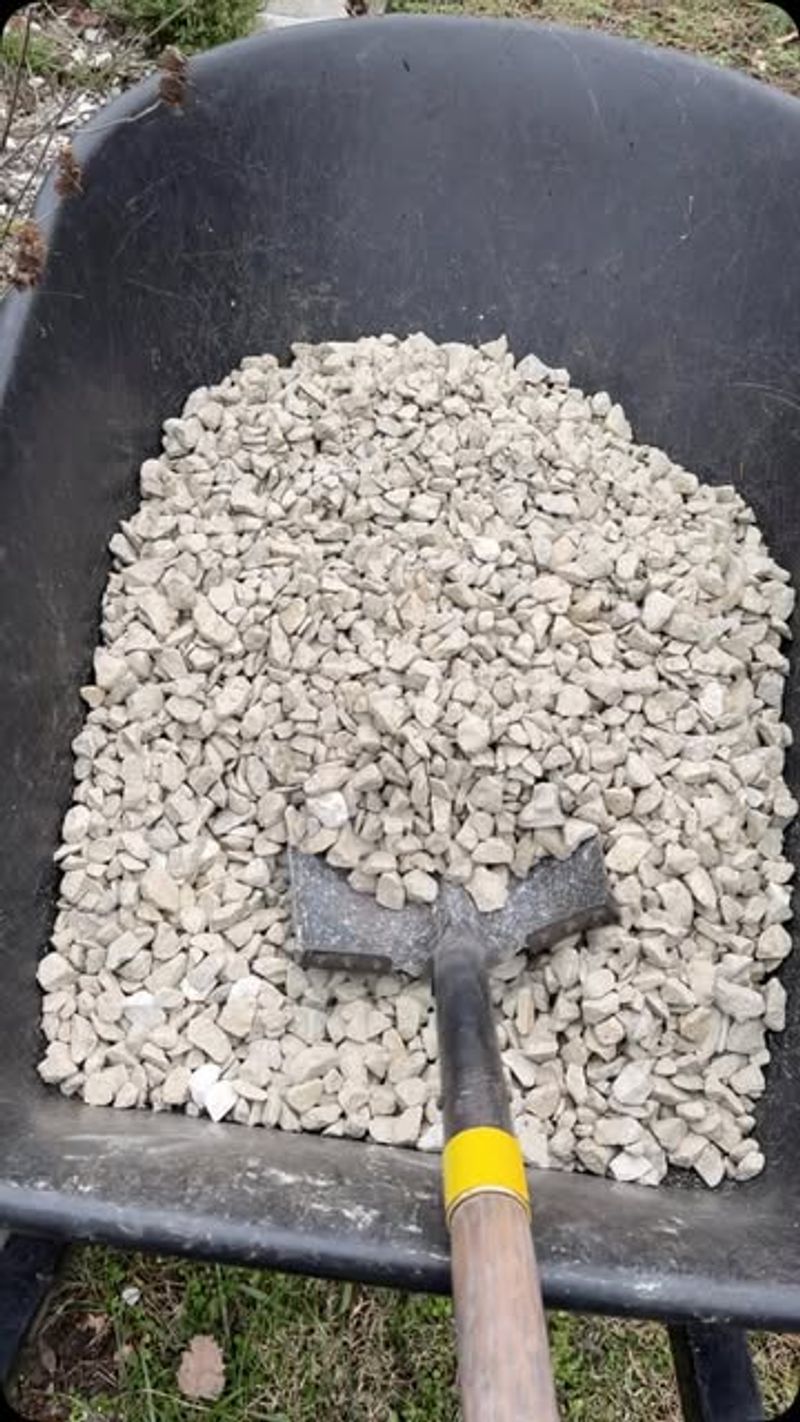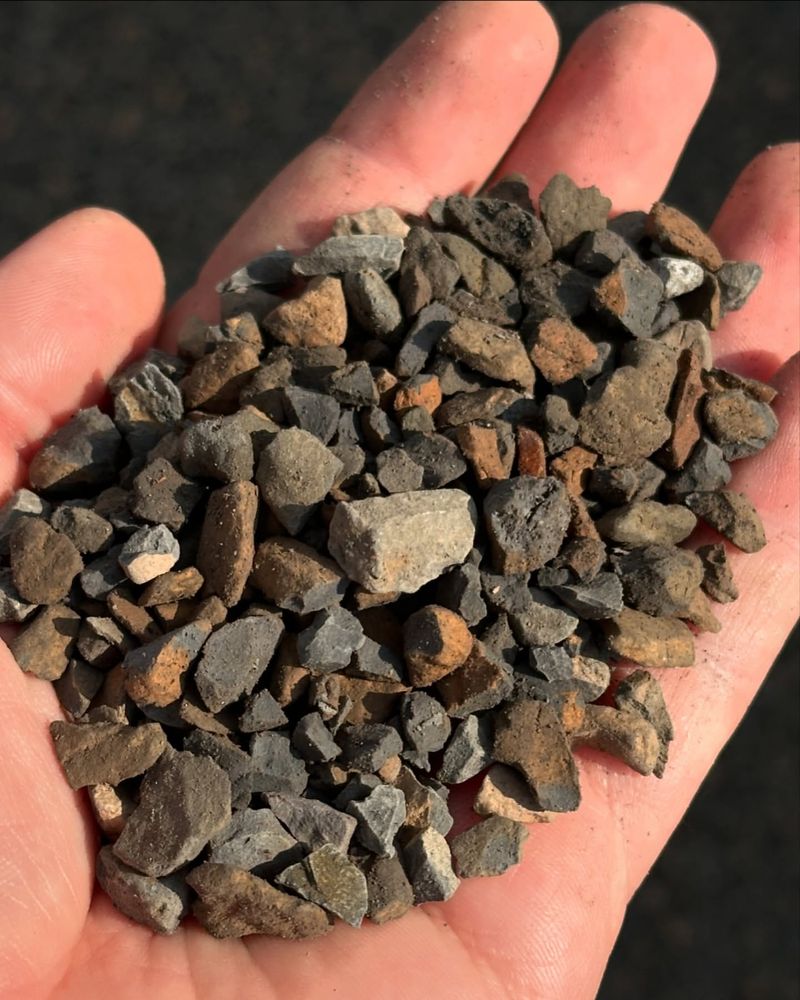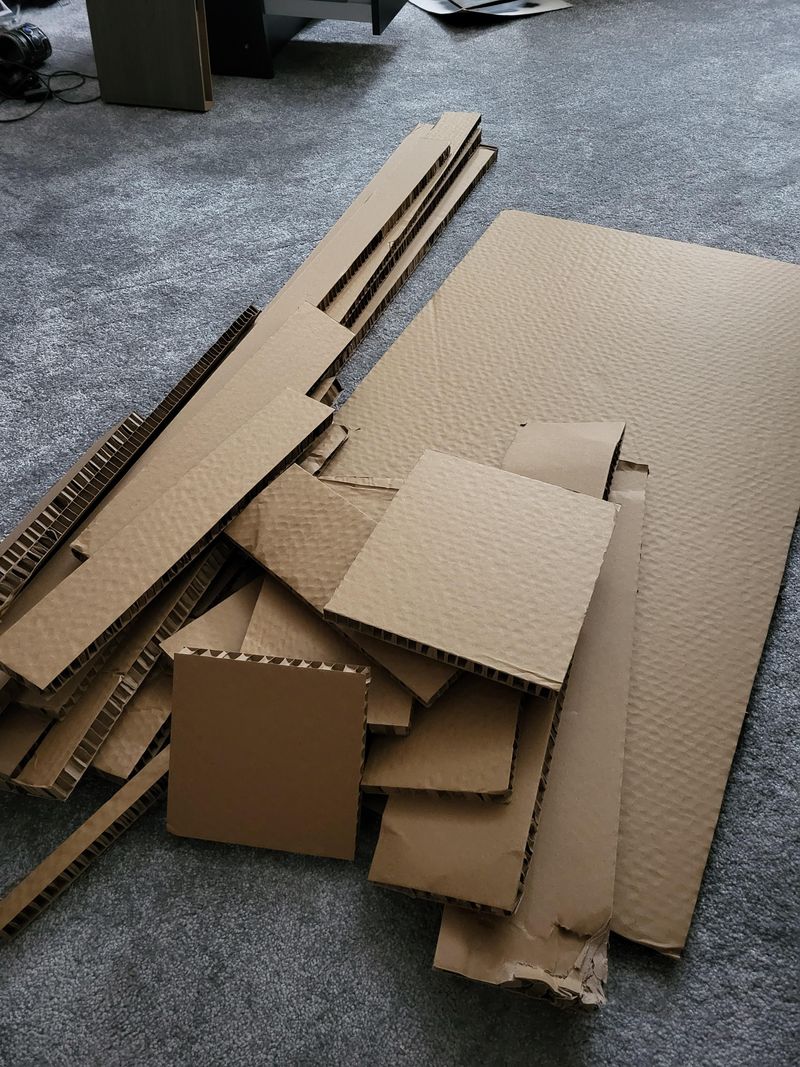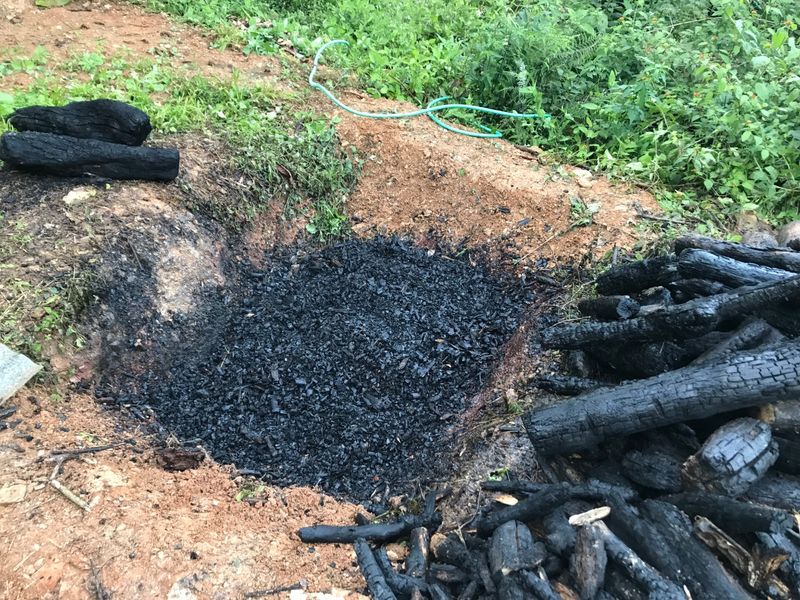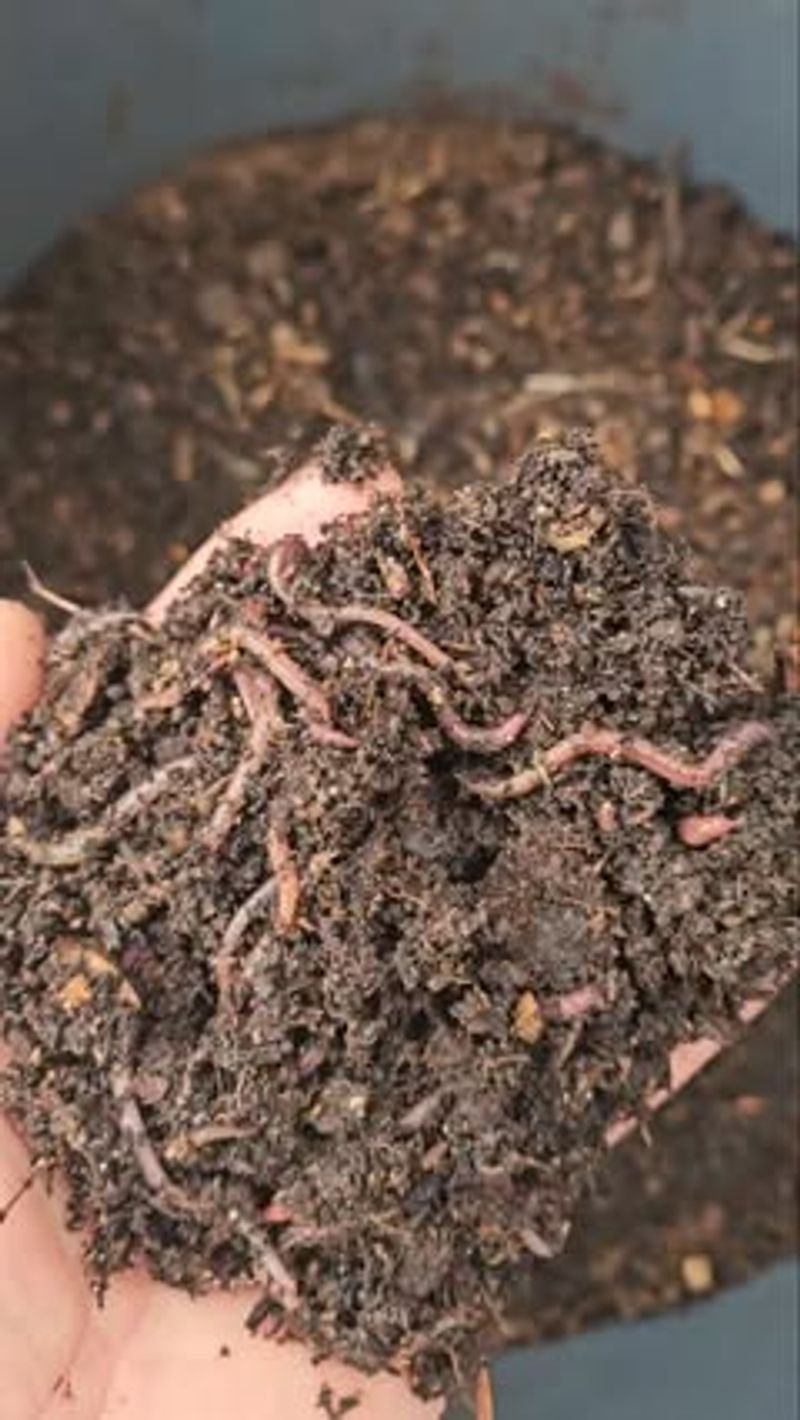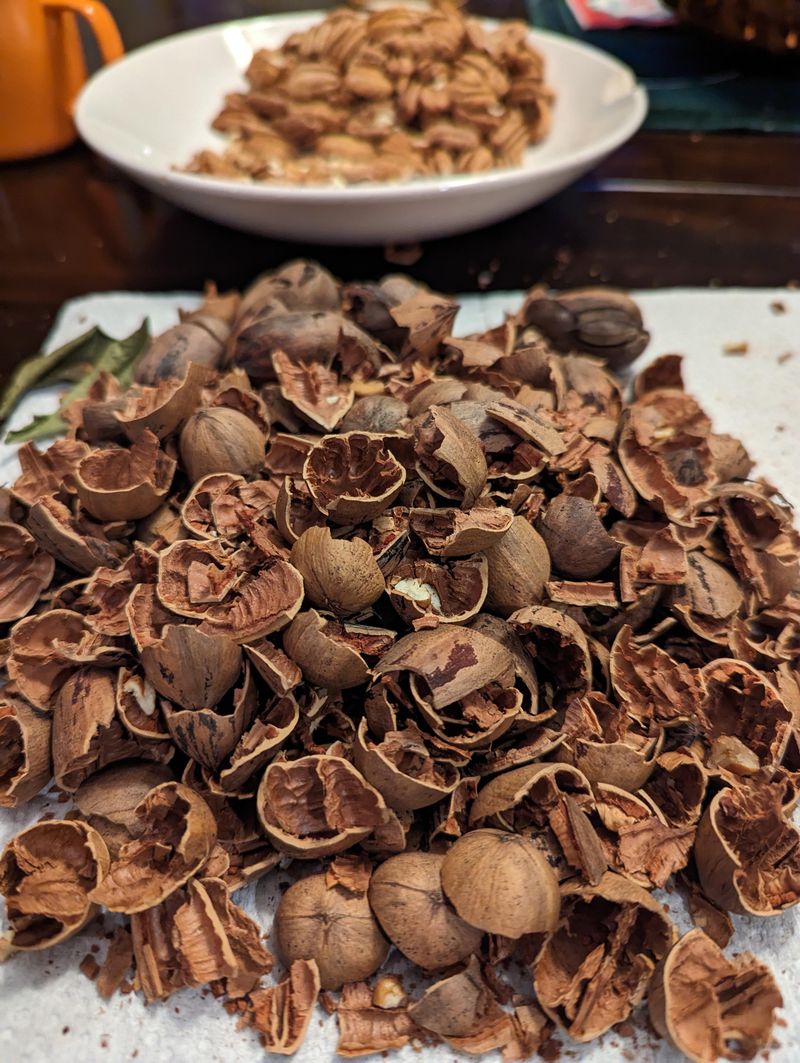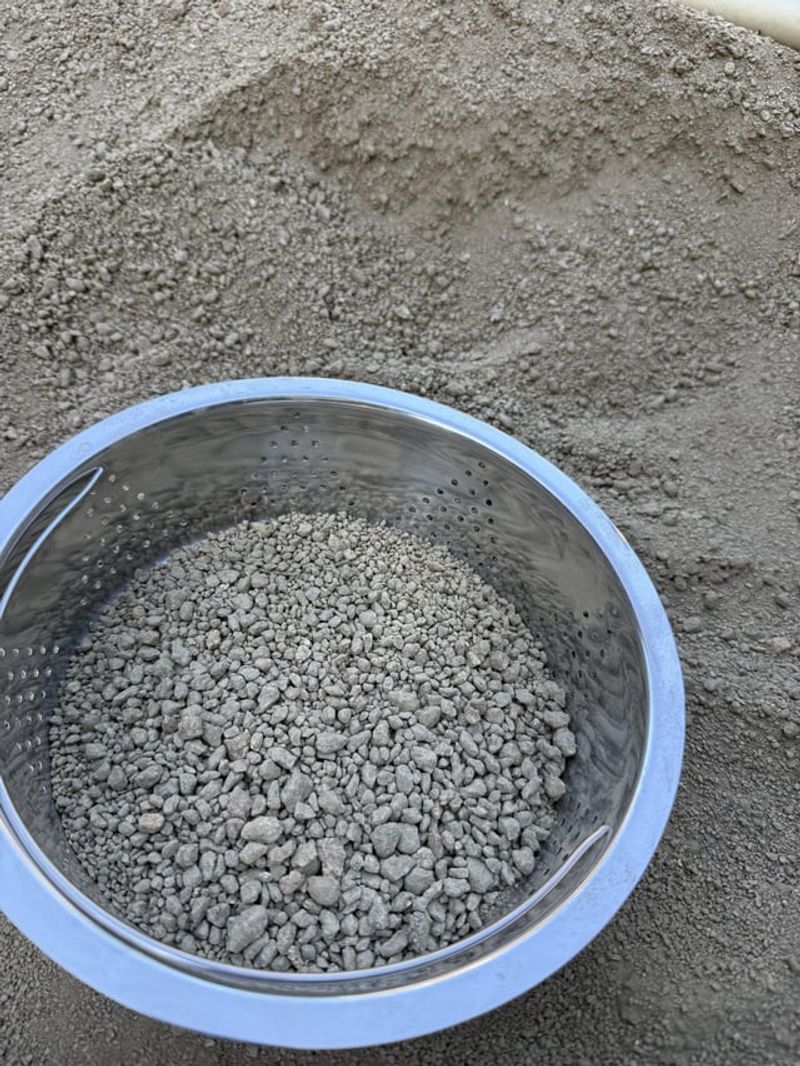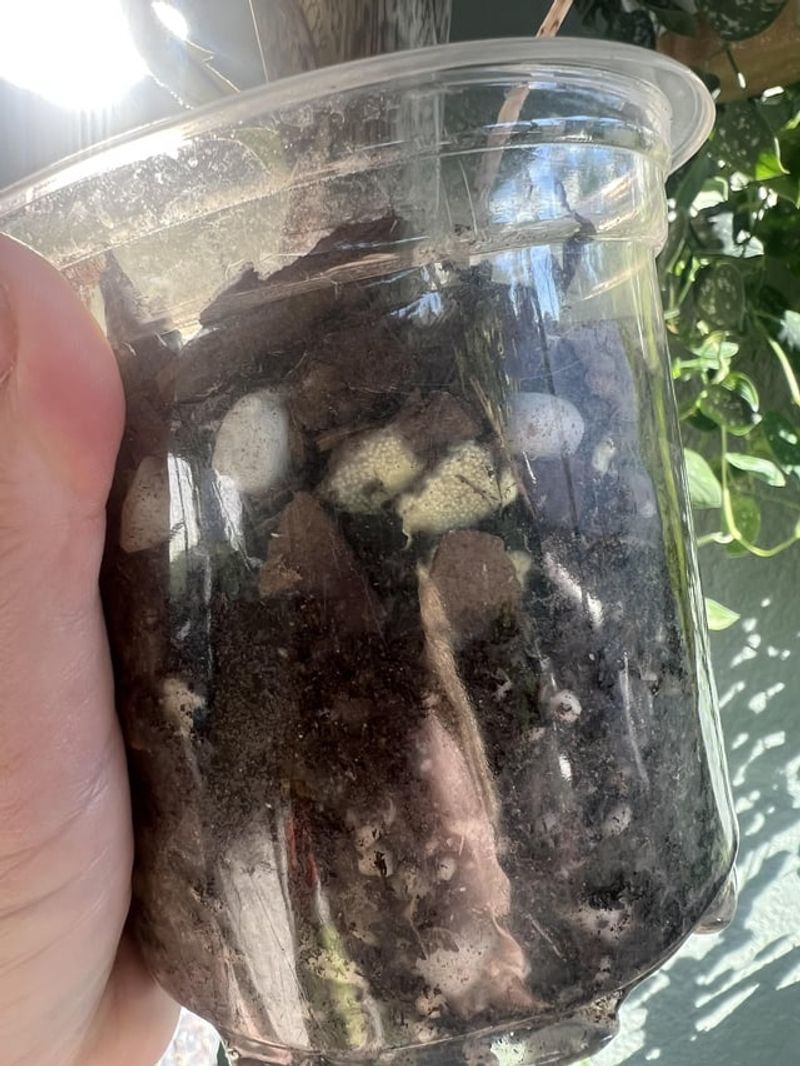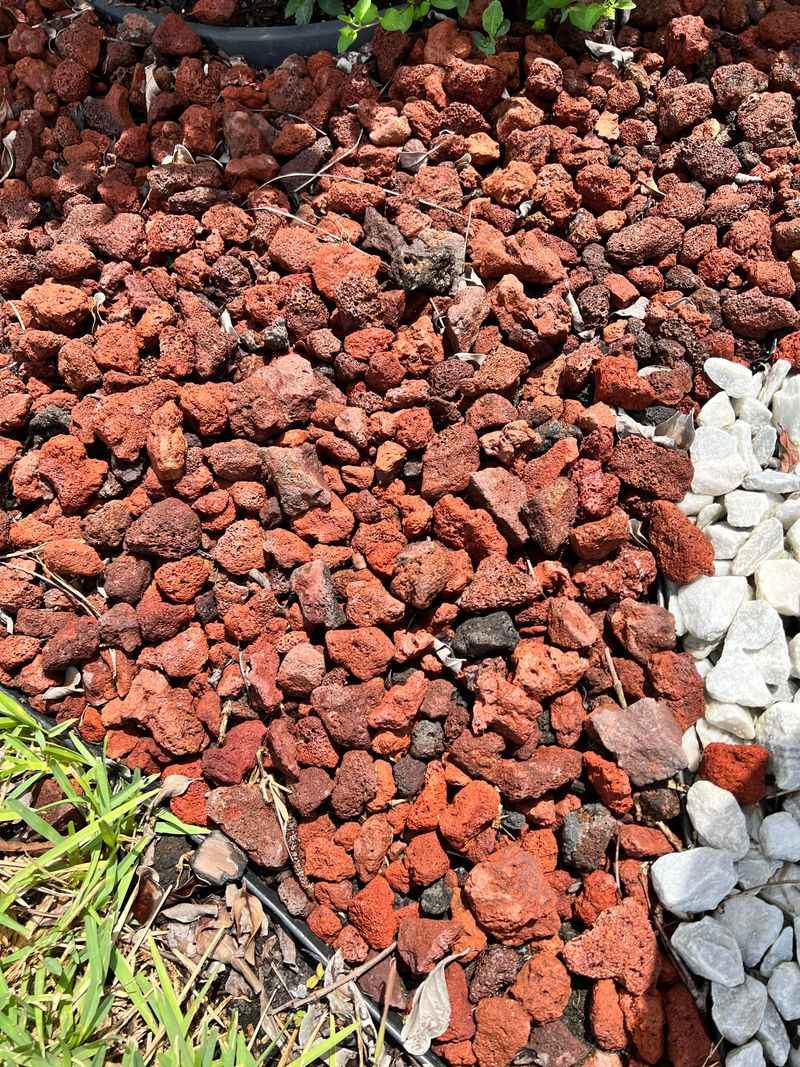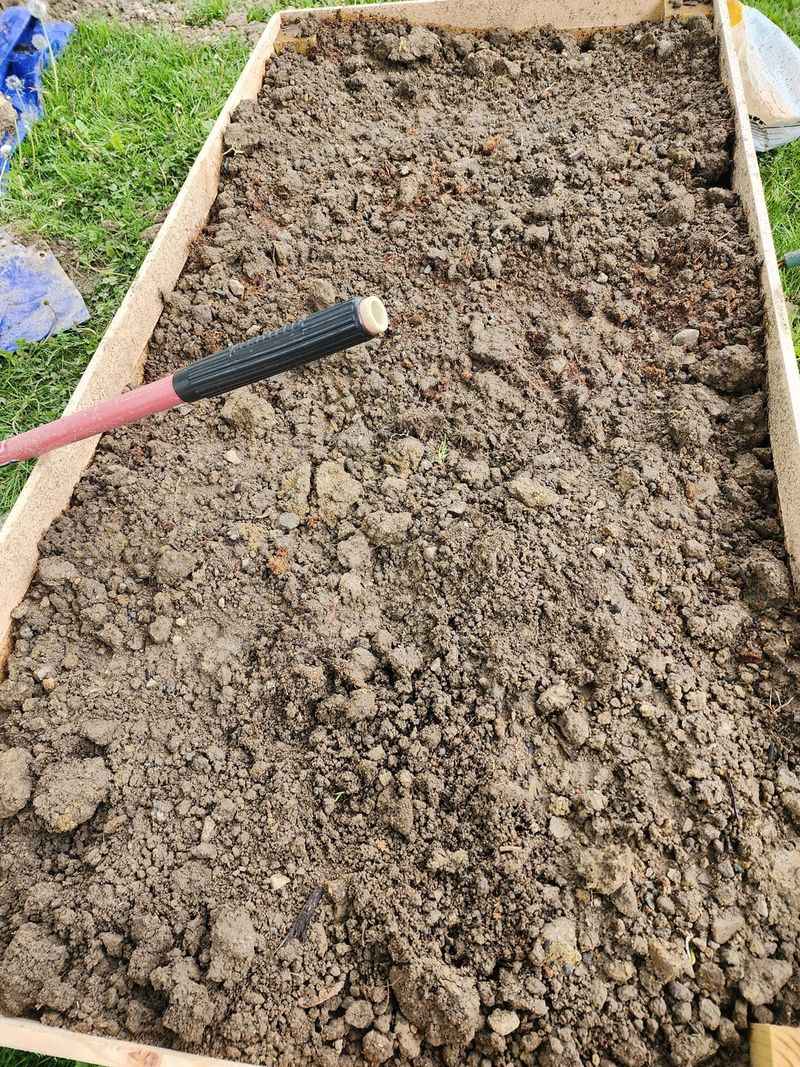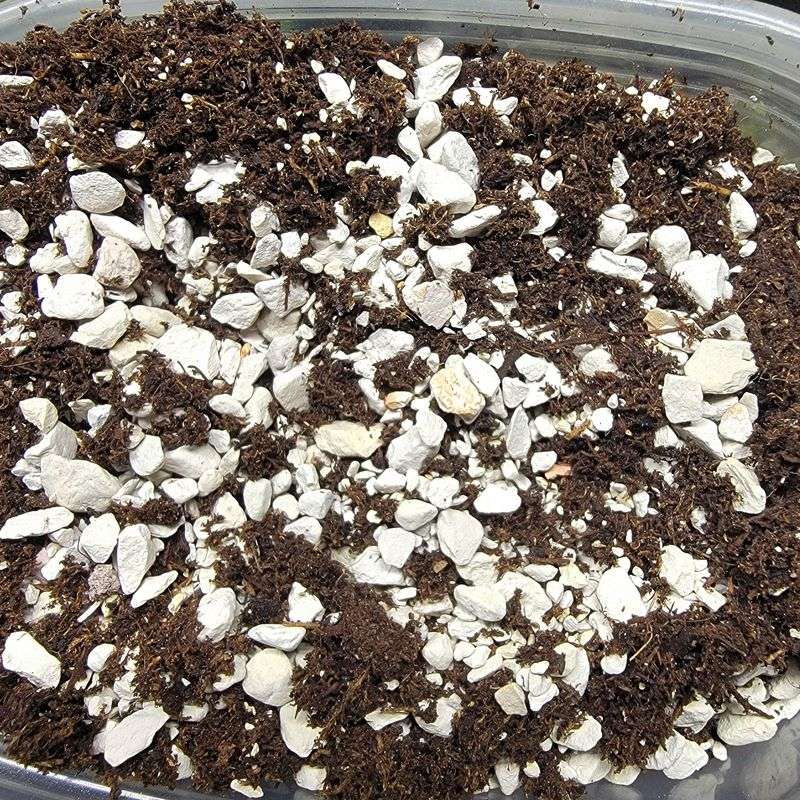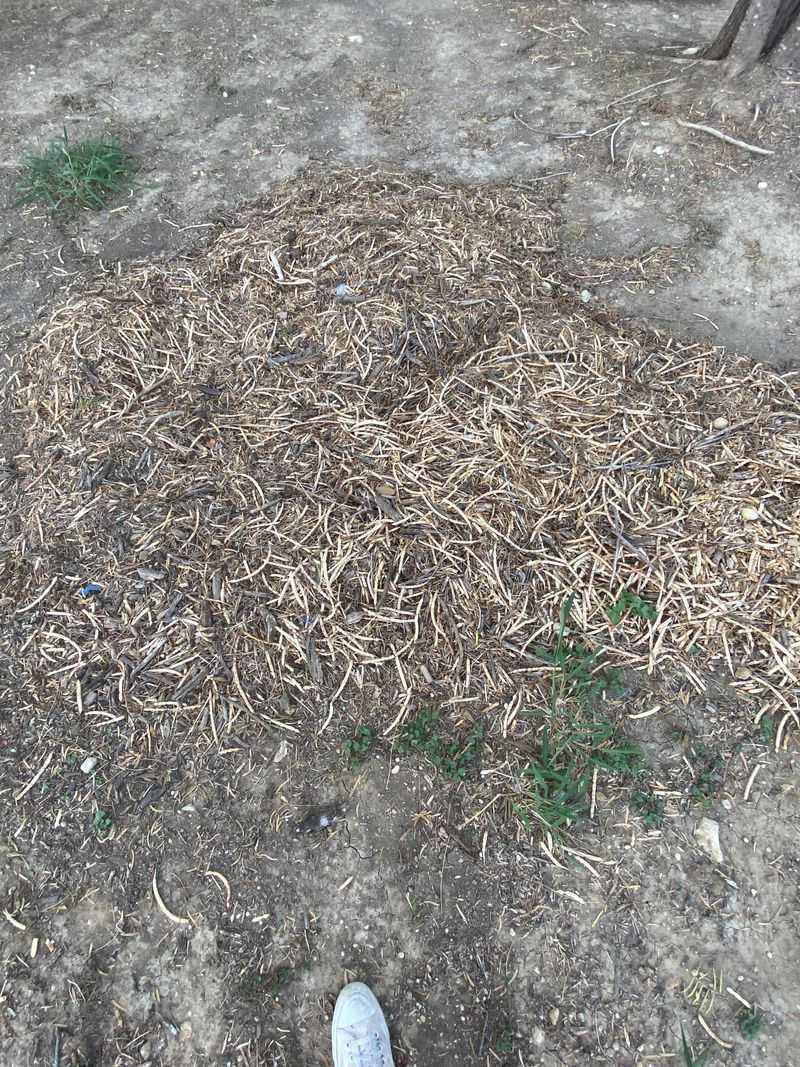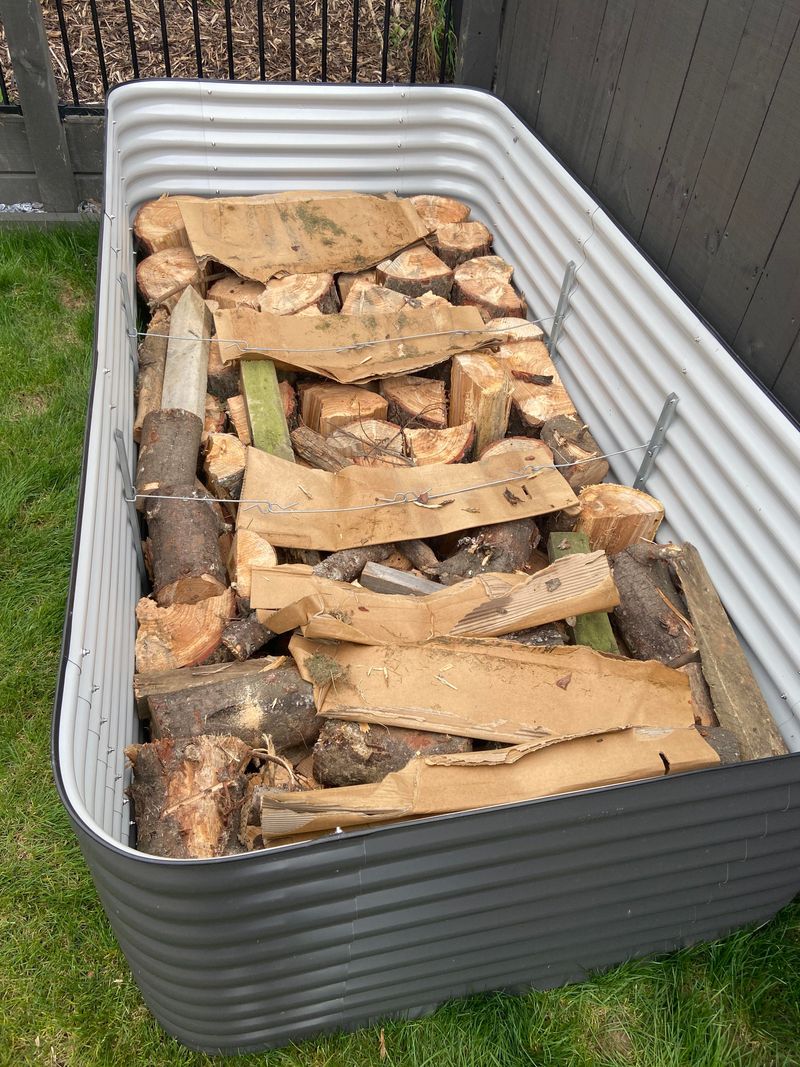Texans know a thing or two about making raised beds thrive—even in the toughest heat. From unexpected kitchen scraps to clever soil boosters, they’ve got a few tricks up their sleeves.
I’ve picked up some of these habits myself, and wow, the results really show. It’s all about working smarter, not harder, and having a little fun experimenting along the way.
If you’re curious what makes their gardens grow like crazy, let’s take a look.
1. Cedar Mulch
Many Texas gardeners swear by cedar mulch for its natural pest-repelling properties. The aromatic oils keep bugs at bay while slowly breaking down to improve soil structure.
Across the Lone Star State, gardeners appreciate how this local resource helps retain moisture during those brutal summer months when water conservation becomes essential.
2. Compost Tea
Homemade liquid gold is what Texas gardeners call this nutrient-packed brew. Created by steeping compost in water, it delivers a powerful boost of beneficial microorganisms directly to plant roots.
During spring planting season, gardeners throughout the state apply this natural fertilizer weekly for incredible results without harsh chemicals.
3. Limestone Gravel
Drainage issues plague many Texas gardens, especially after those rare but intense downpours. Limestone gravel placed at the bottom of raised beds creates perfect drainage channels while slowly releasing calcium into the soil.
Texas gardeners particularly value this abundant local material for preventing root rot during our unpredictable wet seasons.
4. Expanded Shale
This lightweight clay material works wonders in heavy Texas soils. When mixed into raised beds, it creates permanent air pockets that improve drainage while holding moisture during drought conditions.
Gardeners across central Texas particularly love how it prevents soil compaction in their raised beds, allowing roots to expand freely for healthier plants.
5. Cardboard Layers
Resourceful Texans use flattened cardboard boxes as the first layer in new raised beds. This free material smothers existing grass and weeds while attracting earthworms that help break down the cardboard into rich soil.
Many gardeners throughout the state collect boxes year-round, removing tape and labels before laying them as the perfect foundation for thriving garden beds.
6. Biochar
This ancient soil amendment has found new fans among Texas gardeners. Made by burning wood or agricultural waste without oxygen, biochar creates a porous carbon structure that houses beneficial microbes and holds nutrients.
In the harsh Texas climate, gardeners notice how biochar-amended beds require less frequent watering while producing stronger, more resilient plants year after year.
7. Native Worm Castings
Local worm castings have become a prized ingredient in Texas raised beds. These nutrient-rich droppings from earthworms contain beneficial bacteria that help plants resist disease while improving soil structure.
Texas gardeners often maintain their own worm bins, creating a sustainable supply of this garden gold that outperforms commercial fertilizers in their raised bed gardens.
8. Pecan Shells
With pecan trees abundant across Texas, gardeners have discovered their shells make excellent mulch. The shells break down slowly, adding valuable organic matter while deterring certain pests and weeds.
Many gardeners in East Texas collect fallen pecans, enjoy the nuts, then crush the shells to create this sustainable, locally-sourced garden resource that adds unique character to their beds.
9. Decomposed Granite
This fine, gritty material improves drainage in heavy Texas clay soils. When mixed into raised beds, decomposed granite creates pathways for water while slowly releasing essential minerals into the soil.
Gardeners in Central Texas particularly value this abundant local resource for its ability to prevent soil crusting while adding an attractive reddish hue to their garden beds.
10. Mycorrhizal Fungi
Smart Texas gardeners inoculate their raised beds with these beneficial fungi. The microscopic helpers form symbiotic relationships with plant roots, dramatically increasing their ability to absorb water and nutrients from the soil.
During drought conditions across the state, plants in fungi-treated beds show remarkable resilience compared to untreated gardens, making this invisible ally invaluable to Texas growers.
11. Lava Rock
These porous volcanic stones serve as perfect drainage material in Texas raised beds. The irregular shapes create air pockets while the rock’s natural minerals slowly release into the soil as they weather.
Gardeners in North Texas particularly appreciate how lava rock helps maintain consistent soil temperature, protecting delicate root systems during extreme weather fluctuations.
12. Cotton Burr Compost
This agricultural byproduct is a favorite soil amendment in cotton-growing regions of Texas. Made from the outer shell of cotton bolls, it adds valuable organic matter while improving soil structure and water retention.
Gardeners across West Texas have discovered this local resource helps break up clay soil while providing slow-release nutrients throughout the growing season.
13. Diatomaceous Earth
This powdery substance made from fossilized algae serves multiple purposes in Texas raised beds. Sprinkled on soil, it controls crawling insects naturally while improving soil structure and providing trace minerals.
Gardeners throughout South Texas rely on this versatile material to combat persistent pest problems without resorting to harsh chemicals that might harm beneficial insects.
14. Mesquite Bean Mulch
Resourceful Texas gardeners collect fallen mesquite pods to create this uniquely local mulch. The beans break down slowly, adding nitrogen to the soil while their hard shells provide long-lasting weed suppression.
In the Rio Grande Valley, gardeners have used this abundant natural resource for generations, appreciating how it helps retain soil moisture during the region’s intense summer heat.
15. Hugelkultur Layers
This German technique has found enthusiastic adopters among Texas gardeners. By burying logs and woody debris under soil, raised beds become self-fertilizing sponges that require minimal watering once established.
After severe storms, forward-thinking gardeners across the state collect fallen branches to create these moisture-retaining garden beds that thrive despite Texas drought conditions.

